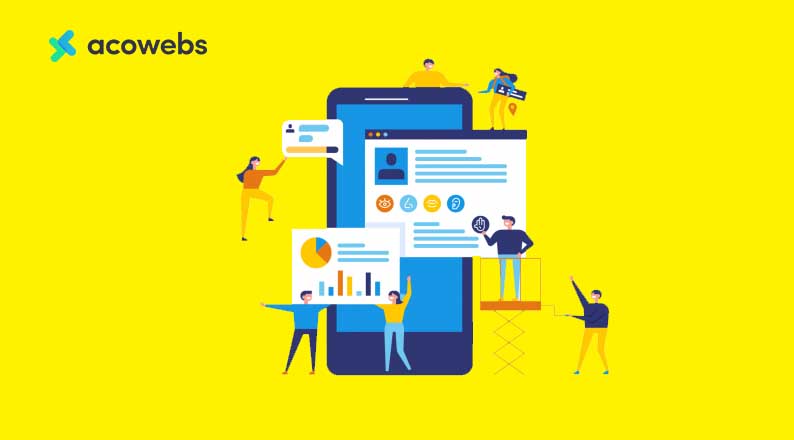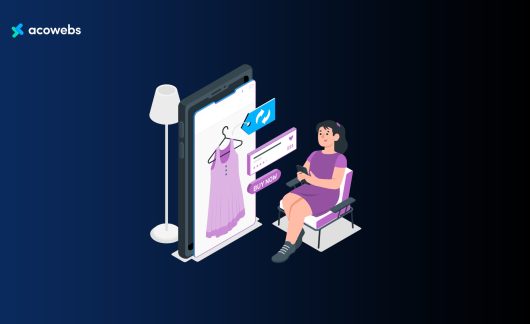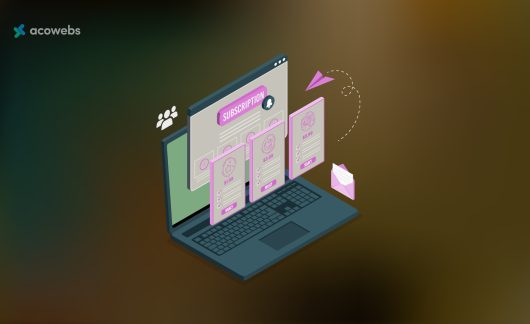Did you know that only 50% of small businesses survive for more than five years? This staggering statistic calls for entrepreneurs to develop robust ways of safeguarding the growth and sustainability of their businesses.
Failure to understand the customers’ needs and use of the wrong marketing channels are two of the primary reasons businesses fail.
One of the guaranteed ways of ensuring that your business remains profitable despite the competition and unpredictable business landscape is by conducting segmentation.
The most successful companies in different industries have mastered the art of segmenting their customer base based on their individual needs.
Therefore, in this article, you will learn what eCommerce customer segmentation is, the different types of eCommerce customer segmentation, and 10 simple eCommerce customer segmentation strategies to increase your sales.
What is eCommerce Customer Segmentation?

Simply put, eCommerce customer segmentation is the process of dividing your clientele base into groups based on their needs and expectations. The grouping will help you come up with marketing strategies and products that resonate with the customer.
In the past, businesses used a common strategy ineffective in increasing sales and not cost-effective, called spray and pray.
It entailed marketing the brand to everyone and everywhere, assuming that the people who fear the product would make a purchase or inquire. They often relied on email blasting, sending out the same message to everyone in the email list.
As a result, most of the emails ended up marked as spam, and very few recipients bothered to take the desired action. If you want that your email goes to customers’ inboxes and they can take proper action you have to write your email templates very carefully. An experienced essay writer or content writer can help you to write the best email templates.
ALSO READ: Tips to use content marketing for eCommerce sales
Types of eCommerce Customer Segmentation
Before discussing the different simple ways of doing customer segmentation, it is imperative to discuss the four primary customer segmentation strategies used by eCommerce businesses.
Method 1: Demographic Customer Segmentation
Demographic customer segmentation is done based on age, gender, income, and family situation/relationship such as married or single. It is easiest to set up as it’s entirely dependent on the customer data available.

Method 2: Behavioral Customer Segmentation
This form of segmentation is dependent on how the customers have interacted with your brand in the past. Some of the factors include brand loyalty, past purchases, and current user status.

Method 3: Geographic Customer Segmentation
This segmentation strategy relies on the geographic location of the customers. When creating giveaways or promotions, you can target customers in a specific state or country that you operate to save money and time.
Other factors that you can use include climate, city, and country. For example, if you sell climate-specific products such as skiing equipment, you need to consider the climatic conditions in the areas you intend to capitalize.

Method 4: Psychographic Customer Segmentation
In the current digital business environment, customers gravitate towards businesses that show they care about their needs and feelings. Psychographic segmentation relies on values and beliefs, brand loyalty, lifestyle, and interests.
For example, some customers have no problem spending thousands of dollars on a trendy shoe, while others perceive such actions as extravagant and go for the same show’s basic design.
ALSO READ: eCommerce marketing ideas to boost your business
10 Simple Ways of Segmenting eCommerce Customers
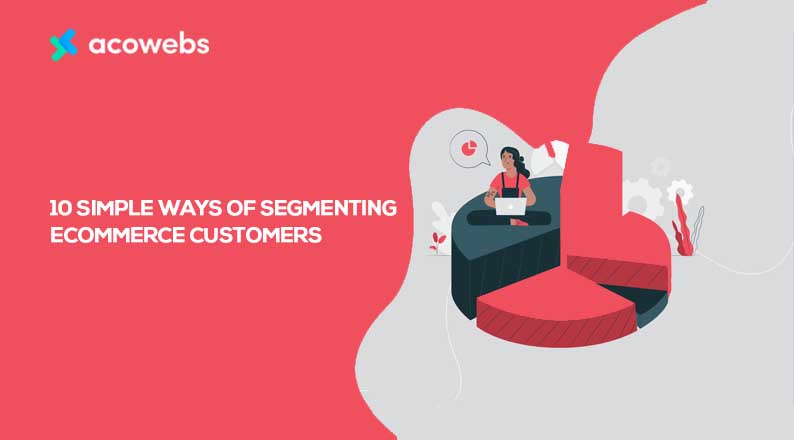
Now that you have a clear understanding of the various ways of segmenting your customers take the next step to learn simple ways of grouping them without spending a fortune.
1: The Cart Abandoners

As the name suggests, this is a group of customers who fail to complete the purchase after adding one or more products to the shopping cart. They are a tough group you need to approach to encourage them to go back to your website to complete the checkout process.
While a significant number of customers abandon the cart because they got interrupted, there is a considerable number who decide not to buy after seeing the shipping fee or realized the product might not meet their needs.
Sending out a “come back” email to all of them will not get the work done. You need to group the customers based on the level of interest and product.
With this background information, you can come up with a custom message for each of the segments. For instance, you can add links to related products in the email to give them more options.
2: The Coupon Lovers
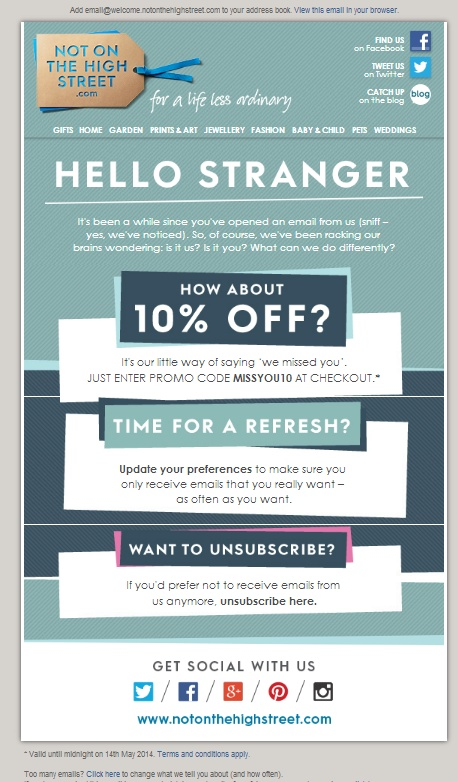
Many online shoppers follow brands on social media platforms because of the giveaways and coupons they offer. This group of customers will only buy a product if it’s available at a discounted price. Despite being annoying, you can turn the tide and use their behavior to your business advantage.
Filter the available customer data based on filter terms such as “used a coupon.” Fine-tune the selection by further filtering the data based on the number of orders placed using coupons. These filters will help you to know if the number of orders matches the number of coupons redeemed.
Armed with this information, go back to the drawing board and create discounts for this select group of customers. When making the offer, the goal is not to devalue your products but to increase the number of orders placed by the customers.
This strategy will also ensure that you remain competitive and have a constant stream of customers, especially during off-peak season.
ALSO READ: Use of discount pricing strategies to make sales
3: The High Spenders

Every eCommerce store has a group of customers who spend thousands of dollars on products than the average customers. This group either shop very regularly or make large orders once every few months or weeks.
They are instrumental to your eCommerce store’s growth as they bring in more revenue than other segments of customers. Your goals should be to develop ways of treating them well to retain them.
The marketing emails and offers that you send to them should show that you appreciate their loyalty and contribution to your brand’s growth. Make their shopping experience as memorable and smooth as possible.
All customers who have spent more than the average customer lifetime value (CLV) belong to this group. You can narrow down your selection by having multiple revenue thresholds that are beyond the CLV. The next step is delighting them using incentives such as;
- Gift wrap
- Adding a special surprise to delivery packages
- Giving them early access to new products
- Special guarantees and maintenance
- Express or free shipping
- Special value-packs and bundles
- Dedicated customer support team to smoothen their shopping experience
4: The One-Timers
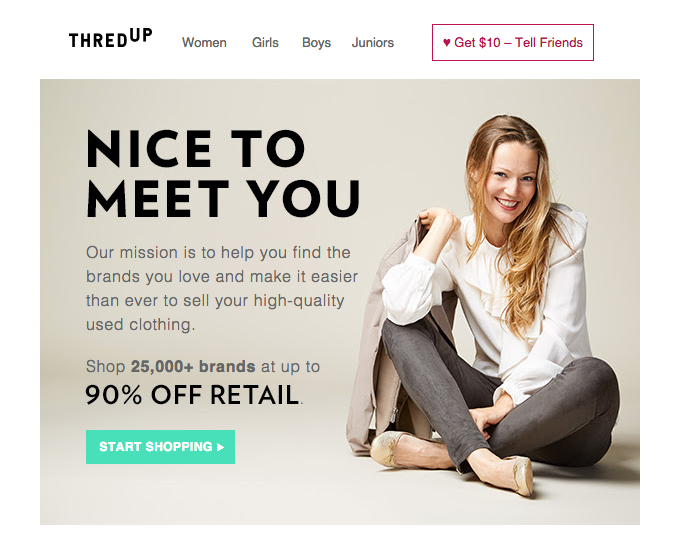
The one-timers are customers who have only purchased your product once. Identifying them by using the filter “1 order” in your database. This is one of the easiest groups of customers to locate and to lure them into placing more orders; you need to do the following.
- Cross-sell and upsell products to them
- Use robust content marketing strategies to make your brand memorable to them
- Create a unique game associated with a new product that they may be interested and the requirement should be they need to purchase to participate
- Politely request for a review of the first product in exchange for a discount or coupon on the second purchase
- Present new products based on seasonal changes
Take time to research the market before implementing any of the above strategies to get the most results from this segment.
5: The Thrifty Shoppers
Your eCommerce store’s success depends on how well you understand your target customers’ shopping habits. Unlike the big spenders who spend thousands of dollars on one shopping order, the thrifty shoppers only buy the products they need at a specific moment.
They are on a budget and strive to ensure they don’t exceed it when they shop.
The highlight of this customer segment is that you can predict when they will come back and shop. For example, if you know a bag of dog food can only last for three weeks, you can send them a reminder after the third week.
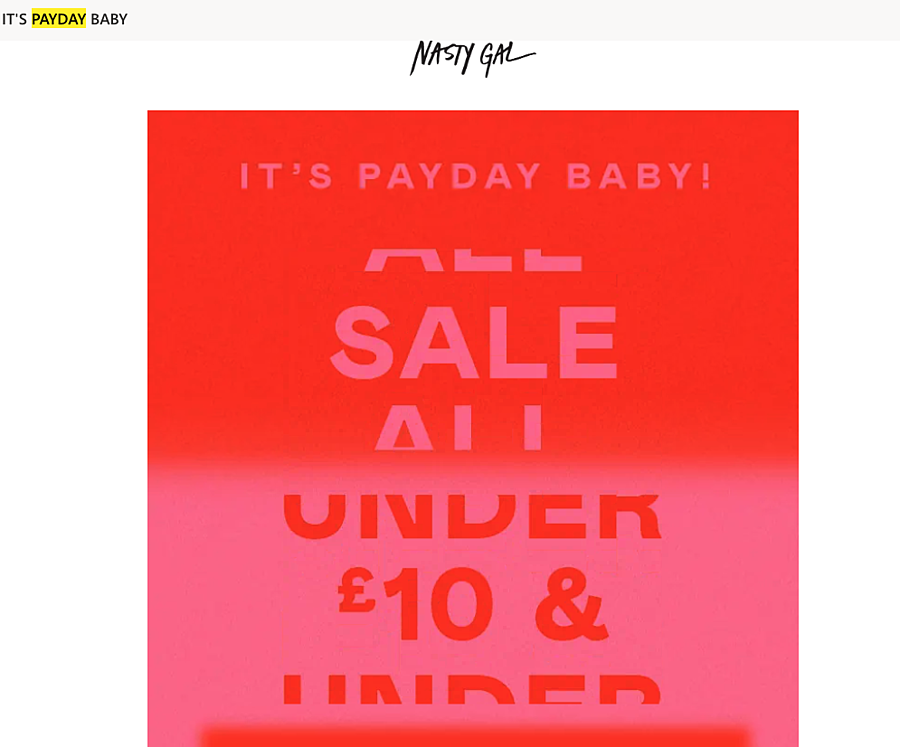
Identify this segment of customers by filtering the customer data available based on the number of above, low, or close to the customer lifetime value or even the total revenue accrued from the customer.
This segmentation will give you a list of customers who purchase certain products but are keen on not overspending.
Below are five possible tactics to help you do this form of segmentation without breaking a sweat.
- Continuously monitor the product cycles and send out incentives such as discounts one or two days before their estimated time of buying again elapses. A comprehensive cohort/retention analysis will help you to know when they are likely to come back.
- Offer discounts on bundles of products that are related
- Provide new information about products and trends related to their needs and preferences
- Create laser-targeted discounts by using wish lists
- Request for feedback
ALSO READ: Top 8 social media strategies that every eCommerce store needs to implement
6: The Loyal Customers

It’s every entrepreneur’s dream to have a constant stream of loyal customers. These customers will promote your eCommerce store’s growth and sustainability by providing a steady flow of revenue.
They trust your brand and its products. That’s why they regularly come back and make a purchase. They are also more likely to recommend your products to their friends, family members, and colleagues.
More importantly, they have a clearer understanding of your products, pricing, and giveaways than other customers because they interact with your business more often.
Due to their unique shopping behavior, they have more orders and shopping sessions than the average customers.
Don’t get it twisted; the loyal customers are not necessarily in the high spenders’ category. The latter can visit the store and purchase several highly-priced products and never return for months or even years.
Retain their interest in your store and the products that you sell by;
- Creating a unique reward points program for them
- Sending secret offers/discounts that are not available to other customers
- Including an auto-reorder option/re-subscription option
- Request for their input when creating new products
- Actively requesting for their feedback after they shop to continue meeting their needs amicably
- Offer discount tiers based on the number of orders they place
7: The Indecisive Customers
The indecisive customers are not sure whether your product will meet their needs. They spend time browsing through your online store but rarely buy. You might notice they spend time chatting with the support time or often abandon the cart after filling it with certain products.
Identify them by using filter options such as the number of sessions and the number of orders. The number of sessions can be high, like 7, and the number of orders as low as 3 or 2 – it all depends on your niche and the goals you want to achieve.
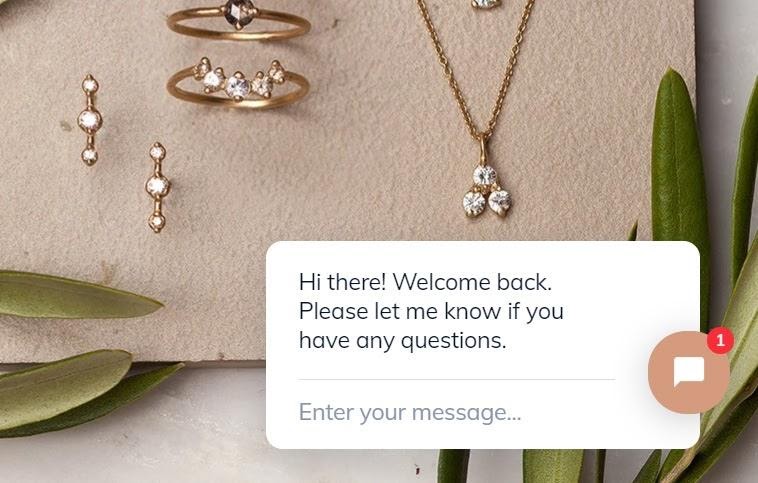
Help them decide to convert by;
- Furnishing them with more information about the product such as the different models and sizes available, more pictures of the products captured in different angles
- Highlighting the unique selling points (USPs), exchanges and returns policy, and deliveries
- Incorporate social proof in the marketing emails
- Create wish lists to make it easy for them to find products that match their interests easily
ALSO READ: How eCommerce businesses can turn organic traffic into valuable leads
8: The eBook Subscribers and Newsletter Readers

Content marketing is one of the guaranteed ways of conveying your eCommerce store’s intended message and the products you offer.
If you have invested time and thousands of dollars on content creation, you would want to know who takes the time to read the content.
Tag both eBook and newsletter subscribers to know how frequently they read the content and place orders. This information will help you to understand how the content influences their purchasing decisions.
Do they buy after reading a newsletter about a new product you recently launched?
Get more sales from eBook and newsletter subscribers by;
- Sending out updates on new patents, features, and new products
- Creating fresh and succinct content that is not only informative but also entertaining and engaging
- Subtly include products in the content to avoid hard selling and ruining your online store’s credibility
- Give special offers to them
- Provide insider tips, consultations, and other forms of value related to the products they are most interested in to encourage them to keep reading your content
9: The Registered Browsers
There is a high chance that your customers are using newsletter subscriptions, wish lists, pop-up ads, and coupon giveaways to generate more leads than you.
You need to spring into action and start making money from all the registered browsers.
This group of customers have visited your website and browsed the various sections. One simple segmentation is by setting the filter to a significant number of website visits like 5. The filter should be zero or one depending on the company you want to run.
The beauty of this form of eCommerce customer segmentation is that they are genuinely interested in your brand. If they weren’t interested, they wouldn’t complete the registration process or bother to download the PDF product information document.

Encourage them to shop for the first time at your store by;
- Creating stellar content about your products and posting it on your blog or sending it via email.
- Give a special discount for the first order
- Re-market to them based on the categories and products they viewed
10: By Customer Location
As mentioned earlier, geographical segmentation is of paramount importance if you sell seasonal products. Don’t annoy your customers by sending offers about off-season products or not in line with the climatic conditions in their locations.
When creating a promotion, consider the location of all your customers to get the best results. The lifestyles and cultures vary from one location to another. Understanding them will ensure that you show utmost respect to their beliefs and customize your marketing campaigns accordingly.
Harvey Nichols, a famous British store, is a good example of a company that sends out the print ad below to customers in Islamic countries during Ramadhan. Understanding your customers’ religion and culture has helped the company gain massive traction in these countries.

Conclusion
In all the eCommerce customer segmentation discussed above, the idea is not to counter or fight the customer’s behaviors but instead motivate them to purchase without making the buying process uncomfortable or inconvenient.
Concisely, you use the information you have about them, such as shopping habits, to provide products, services, and offers that best match their interests and preferences at different times.
Ensure that you continuously collect customers’ data and store it in a secure server to safeguard their privacy and confidentiality.
More importantly, make sure that the information is updated regularly to make informed decisions. Customer segmentation is no doubt the secret recipe to the success of your eCommerce store. Use the above strategies to blow off the lid and realize the full potential of your brand. Good Luck!
Acowebs are developers of WooCommerce plugins that will help you personalize your stores. It supports the additional option with feature-rich add-ons which is WooCommerce Product Addons, that are lightweight and fast. Update your store with these add-ons and enjoy a hassle-free experience.












 Login
Login
 Cart
Cart